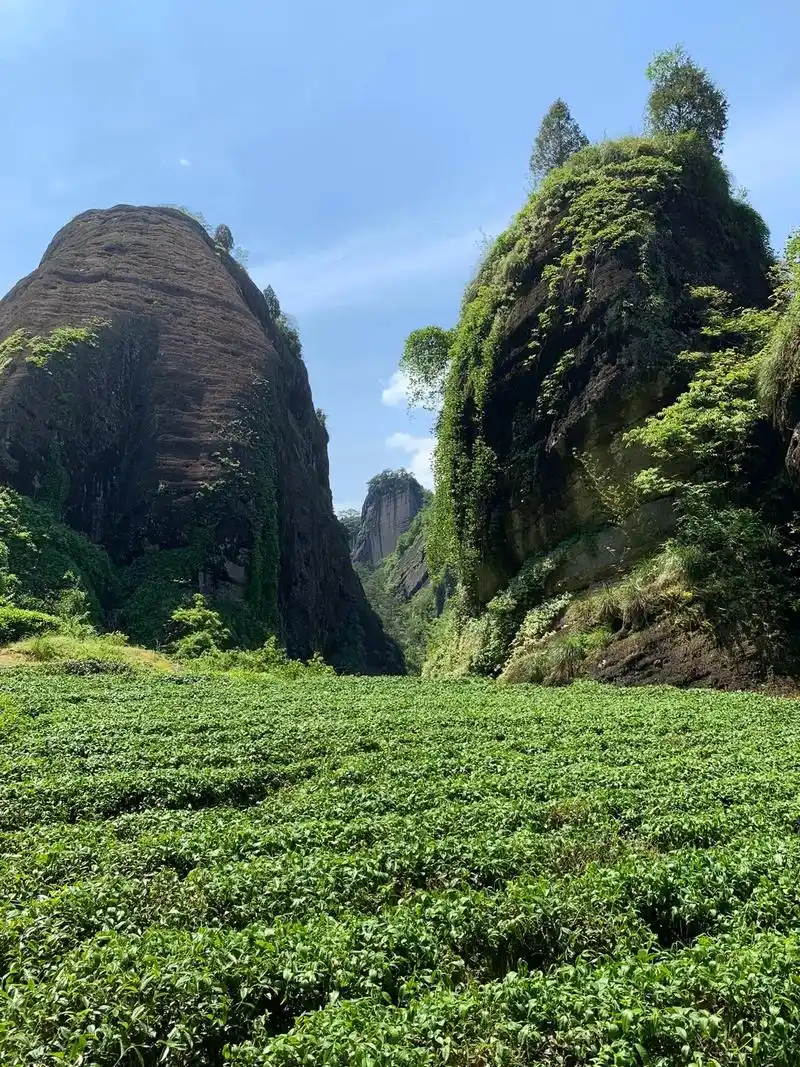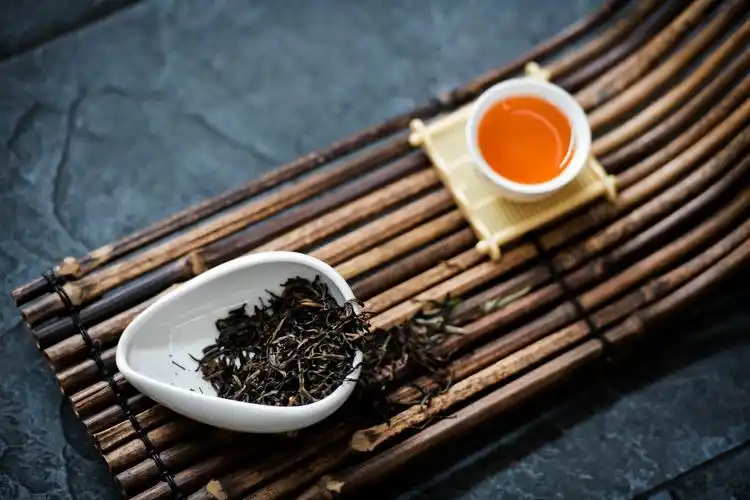The Amber Legacy: Unveiling the 400-Year Journey of Chinese Black Tea
Introduction: When East Meets West in a Teacup
Imagine a London banker sipping Lapsang Souchong during her morning break, unaware that the smoky aroma in her cup traces back to a serendipitous discovery in 16th-century China. This is the untold story of Chinese black tea—a beverage that reshaped global trade, sparked revolutions, and now fuels a $45 billion wellness industry
From the misty peaks of Fujian’s Wuyi Mountains to Buckingham Palace’s gilded tea sets, Chinese black tea (known as “red tea” in China) has traveled farther than Marco Polo. Today, 165 million cups are consumed globally every day, yet few know its true origins311. As modern consumers increasingly seek authentic, health-conscious beverages, understanding this amber elixir’s journey becomes crucial—not just for tea enthusiasts, but for anyone interested in globalization’s flavor profile.

This article unveils:
The accidental innovation in Ming Dynasty China that created the world’s first black tea
How British colonial ambitions turned a Chinese export into a global phenomenon
Why “Black Tea” (红茶) remains mistranslated in English markets13
Modern scientific validation of its ancient health claims
Birth in the Wuyi Mist: The Accidental Revolution
The Ecological Cradle: Wuyi Mountain’s Tea DNA
Nestled at 27°N latitude, Fujian’s Wuyi Mountain Biosphere Reserve—a UNESCO World Heritage Site—boasts a unique terroir: volcanic soil, 98% humidity, and diurnal temperature swings that stress tea plants into producing exceptional polyphenols611. This biodiversity hotspot birthed not just tea, but the very concept of terroir in beverages, predating French winemaking by centuries.
The “Smoky Mist” Breakthrough: How Chaos Created Character
In 1604, as Shakespeare penned Othello, Wuyi tea farmers faced a crisis. Army movements blocked transport routes, leaving fresh tea leaves to oxidize in pinewood storage rooms. The result? A startling transformation:

· Chemical Alchemy: Enzymatic oxidation turned green leaves amber, amplifying theaflavins by 300%3
· · Flavor Innovation: Pine smoke infiltration created Larixyl acetate compounds—the “campfire aroma” Europeans would later crave10
· · Trade Advantage: These fermented leaves survived 18-month sea voyages to Europe, unlike perishable green teas
Myth vs. Reality: Debunking the “British Invention” Theory
While British accounts often credit 19th-century India with black tea’s creation, Ming Dynasty records and Dutch shipping manifests prove otherwise:

1610: Dutch East India Company first exported “Bohea” (Wuyi black tea) to Europe13
1650: London coffeehouses advertised “Tcha from Fokien” at £6 per pound (a laborer’s monthly wage)16
1662: Portuguese Princess Catherine’s dowry included 221 lbs of Wuyi tea, launching Britain’s obsession11
Historical Parallel: As Newton discovered gravity in 1666, Chinese farmers were perfecting gongfu tea processing—a system so precise it inspired modern ISO quality controls



